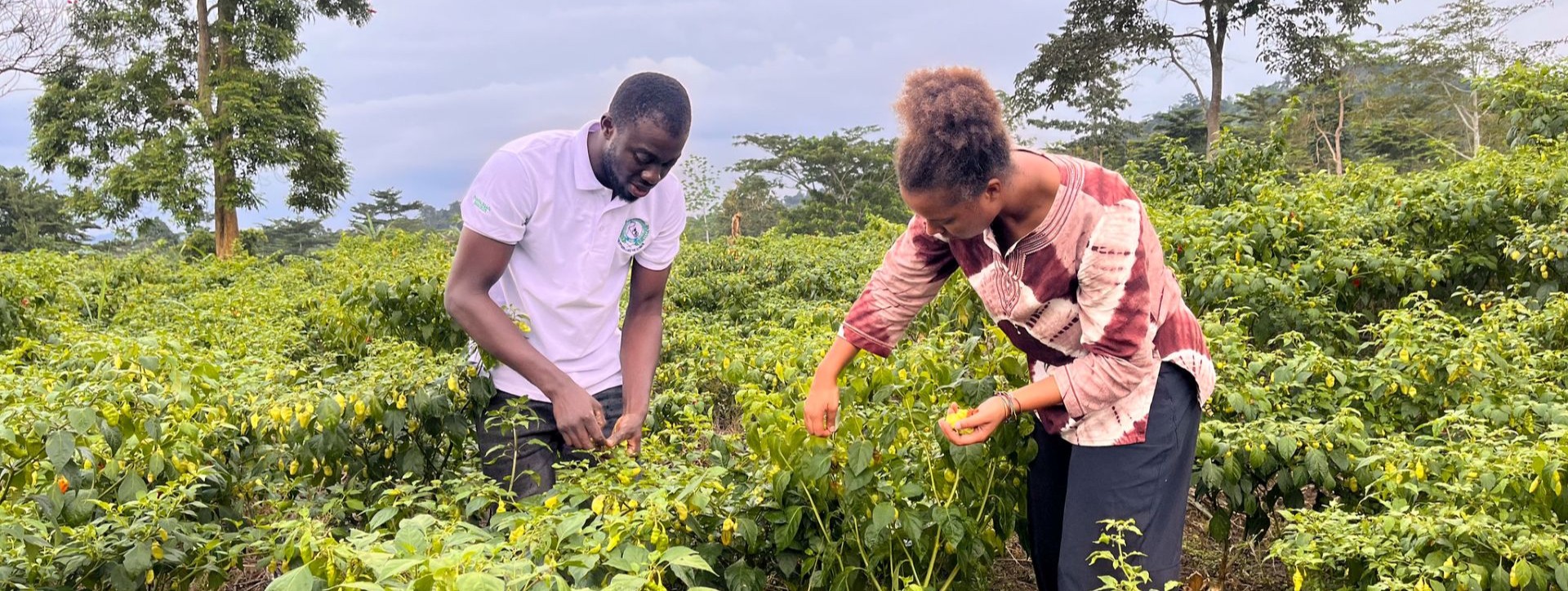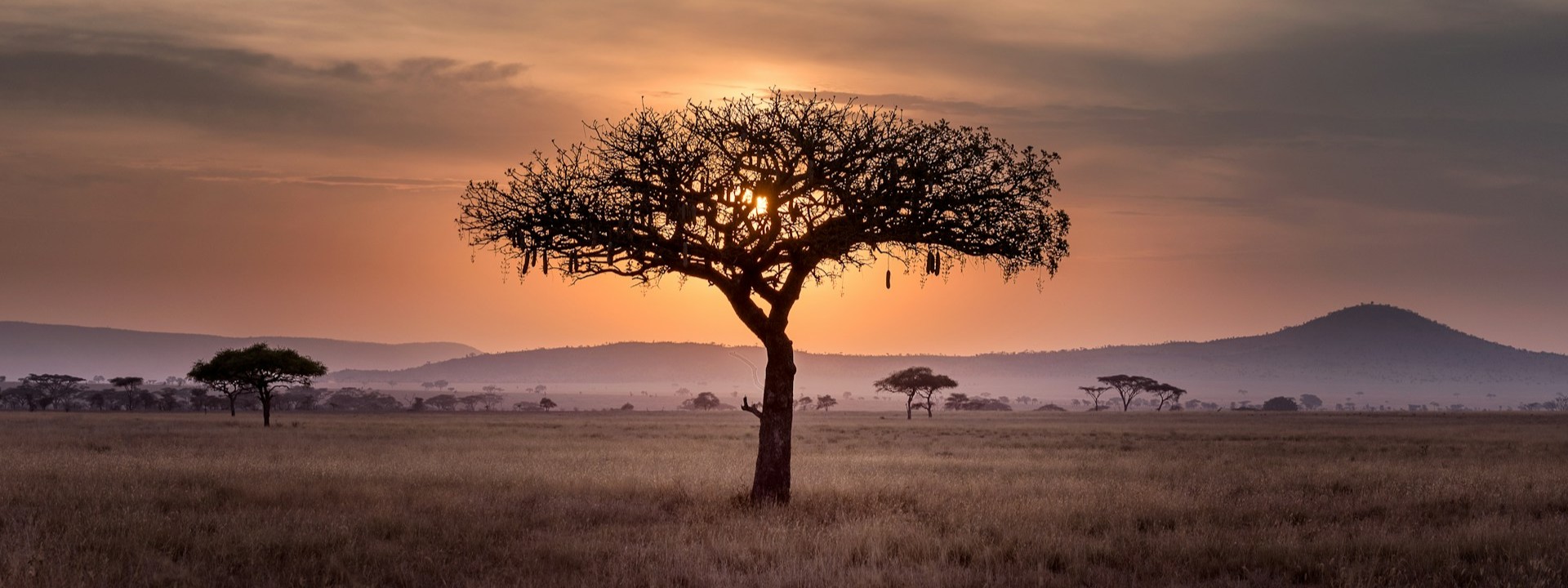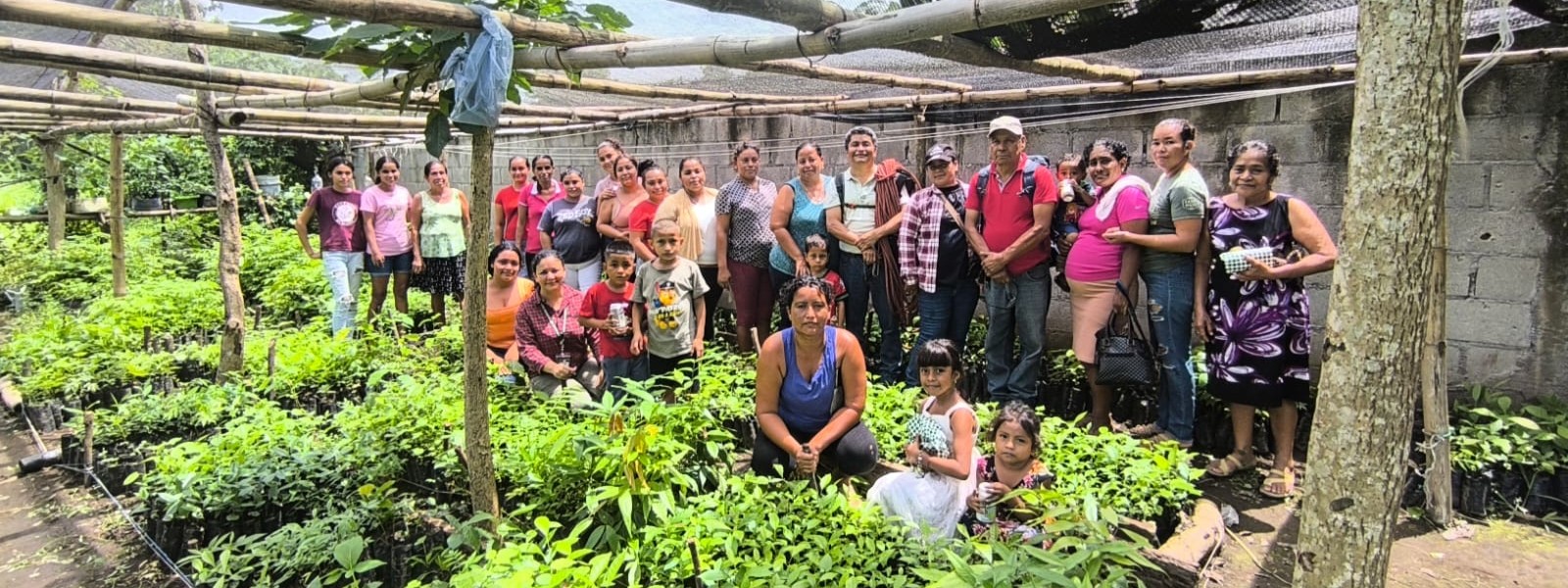
By Tiina Vahanen, Deputy Director of Forestry Division, FAO, and Susan Gardner, Director of Ecosystems Division, UNEP.
Mountains are not just magnificent landscapes. They are lifelines for millions.
We need mountains to drink: each day, one in two people on the planet quenches their thirst with water that originates in mountains.
We need mountains to eat: across the world, two-thirds of irrigated agriculture depends on runoff contributions from mountains.
At the same time, mountains are home to rich biodiversity, with some 25 out of 34 of the world’s key biodiversity hotspots in mountain regions.
Mountains cover a little over one quarter of the earth’s land area and are home to 1.1 billion people, many of whom make a living from the ecosystem services that mountains provide.
However, a new publication released today on International Mountain Day by the Mountain Partnership Secretariat at the Food and Agriculture Organization of the United Nations (FAO) and the United Nations Environment Programme (UNEP) underlines how climate change and human activity are degrading ecosystems in mountains, threatening the lives and livelihoods of local people, wildlife, and the water supplies we all depend upon.
Mountain ecosystems are highly vulnerable to climate change, including the retreat of mountain glaciers, permafrost thaw, mass loss of ice sheets and the decline in the depth, extent and duration of snow cover, explains Restoring mountain ecosystems, which was launched today at the UN Climate Change Conference (COP 28).
Human activity contributes to the degradation of many mountain regions, and pollution is a growing problem with microplastics now found even on the highest peaks, including below the summit of Mount Everest.
About 25 percent of the global mountain area is also exceptionally vulnerable to landslide risks.
With one in two rural mountain people living in developing countries vulnerable to food insecurity, the loss of ecosystem services that mountains provide has profound consequences, especially for the most vulnerable groups such as women and Indigenous Peoples.
So how can we help keep our mountains healthy?
The United Nations declared 2021–2030 the UN Decade on Ecosystem Restoration to halt, prevent and reverse the degradation of ecosystems, and the FAO-UNEP study highlights how best practices for ecosystem restoration can be applied to mountain ecosystems to develop more sustainable restoration projects.
Bold collective action is needed to safeguard and revitalize these vital ecosystems on which we all depend.
We need to restore mountains with a range of methods, from soil management to reforestation and to improve habitat for wildlife.
Restoration in mountains requires sustained investments as well as monitoring and evaluation.
But a lot of knowledge and tools are already there. Mountain people are at the heart of restoration and can draw on many proven healthy and sustainable practices, as the FAO-UNEP report outlines.
For example, led by UNEP, the Carpathian Convention and the Mountain Partnership, the United Nations Decade on Ecosystem Restoration multi-country mountain World Restoration Flagship initiative in Kyrgyzstan, Rwanda, Serbia and Uganda supports large-scale, long-term restoration efforts while providing sustainable livelihood opportunities.
In Kyrgyzstan, 14,000 ha of pastures and glaciers in the Tien-Shan mountains were converted into a nature reserve in collaboration with local communities and local NGO CAMP Alatoo.
Today, former hunters and fishermen have become community rangers who patrol the newly established Baiboosun micro-reserve and manage camera traps to monitor wildlife.
Meanwhile, local shepherds have adopted modern grazing techniques that have enhanced vegetation and pastureland vitality within the reserve.
As a result, snow leopard and ibex populations are increasing within the reserve. Many community members have embraced new economic opportunities, from running guest houses to producing cheese and crafting souvenirs from felt.
In the Virunga massif, which spreads across parts of the Democratic Republic of the Congo, Rwanda, and Uganda, gorilla numbers have been steadily climbing.
The species are now classified as ‘endangered’ but not ‘critically endangered’ as they were five years ago. Since the 1980s, their numbers have increased by 100 percent. Local communities bordering the park are now involved in restoration work and ecotourism, which provides new sources of income helping to reduce harmful subsistence activities like poaching.
These initiatives show what is possible.
We must not let the remoteness and isolation of mountains mean that we fail to give them the attention they deserve.
Ecosystem restoration is a way of investing in the future, in our mountains and in the next generation.








Share your thoughts with us